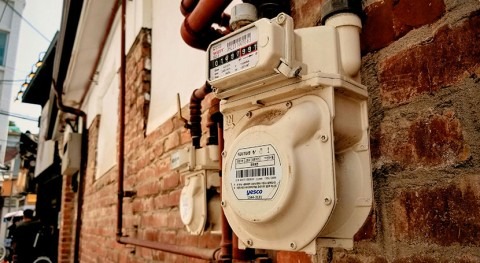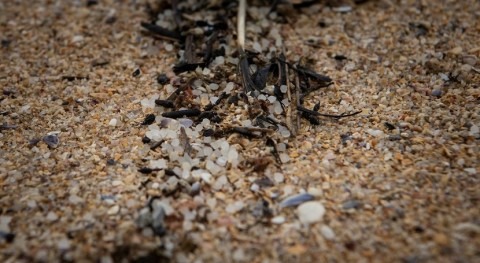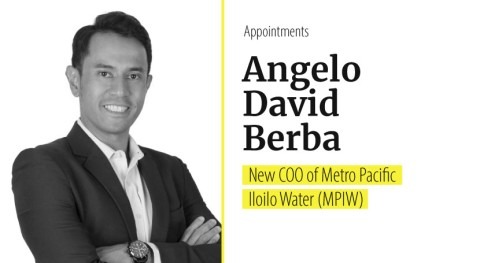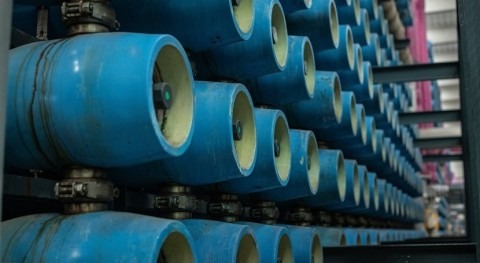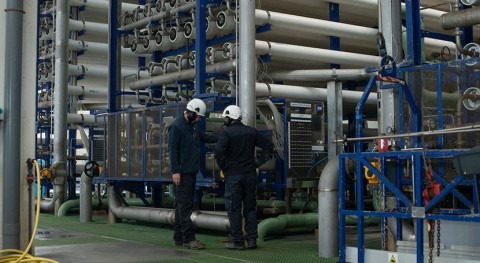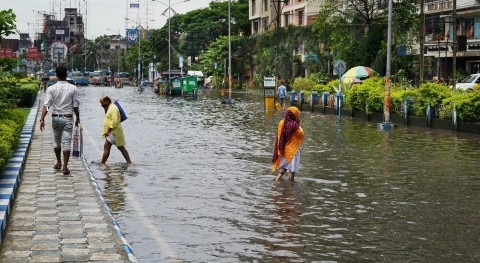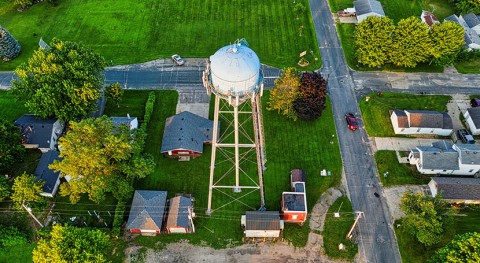Algal blooms are overgrowths of algae (typically microscopic) in water; they may occur in freshwater as well as marine environments. Addressing their causes is important to maintain healthy aquatic ecosystems and protect human health. But although their outbreaks are a serious problem, microalgae hold a lot of promise as a source of raw materials for different industries, reports the BBC.
While algal blooms can occur naturally, driven by environmental factors such as temperature, light and nutrient availability, their frequency and intensity are increased by eutrophication, which is the excess of nutrients in water bodies. Nutrient pollution caused by human activities is a significant contributor to the eutrophication of aquatic systems. Moreover, climate change is expected to exacerbate the problem, due to increased temperatures and other factors.
Algal blooms can reduce the amount of oxygen in the water – the decomposition of dead cells consumes the oxygen in the water – making it difficult for other aquatic species to survive. On the other hand, some types of algae produce toxins that can be harmful to aquatic life and human health.
Some blooms are caused by blue-green algae, which are not true algae but a type of bacteria, cyanobacteria. While other types of algae can also produce toxins with harmful effects, cyanobacteria are most commonly associated with toxic algal blooms. But even nontoxic blooms can have serious ecological and economic impacts.
About 97% of the Baltic Sea in northern Europe suffers from eutrophication, due to past and present inputs of nutrients from the surrounding countries
About 97% of the Baltic Sea in northern Europe suffers from eutrophication, due to past and present inputs of nutrients from the surrounding countries: Denmark, Estonia, Finland, Germany, Latvia, Lithuania, Poland, Russia and Sweden. Finnish biochemist Mari Granström, aware of the problems caused by algal blooms, decided to look at ways to put the microalgae to good use. Algae can actually be an important resource for many industries, and there’s a growing trend towards cultivating and harvesting macroalgae – seaweed – for commercial purposes, with production concentrated in Asia so far.
Ms Granström founded a company, Origin by Ocean, working on a pilot production scheme, using microalgae harvested off the coast of Finland, as well as sargassum seaweed imported from the Caribbean, where there are also problems with massive blooms. The company has patented a biorefinery process to extract ingredients for various applications. "We wanted to do something to help at both ends of the process, upstream and downstream, as it were - cleaning the seas, but also monetising a change in consumer behaviour", she said.
In fact, the potential uses for microalgae extracts are many, including cosmetics, human food, pharmaceuticals, animal feed, biofuels, agricultural inputs and even plastics. Research is underway to look at the possibilities that microalgae offer in the form of new applications to address environmental issues and move towards more sustainable economies.
Pollution by microplastics is a growing concern, and one way to reduce plastic waste is by replacing plastics with biodegradable alternatives. Algae produce biopolymers that can be processed into biodegradable plastics, as a sustainable alternative to conventional petroleum-based plastics. The European project Nenu2PHAr is seeking to produce PHA-based bioplastics using photosynthetic microalgae and bacteria. Microalgae are cultivated with CO2 and sunlight to obtain starch, which is used to produce the bacterial PHA, without competing with agricultural resources, since microalgae cultivation does not need arable land.
Another promising area of research and development is using microalgae to make agricultural inputs: fertilisers, pesticides and biostimulants
Another promising area of research and development is using microalgae to make agricultural inputs: fertilisers, pesticides and biostimulants (substances or microorganisms that provide benefits to plant growth, development and/or stress responses). Researchers in the EU-funded projects SABANA and ALGAENUTS are looking into doing it at a demonstration scale using marine water and wastewater as a source of nutrients.
Aquaculture is yet another example of an industry that can use microalgae to feed farmed species, typically young fish. Research is underway at the aquaculture research station in Olhão, of the Portuguese Institute for Sea and Atmosphere (IPMA), to look into the use of microalgae to improve the health of fish, as well as to make more sustainable feed for adult fish, replacing proteins from agricultural crops.
The list of EU-funded research projects looking at microalgae to produce sustainable food and feed at a commercial scale goes on, including ProFuture and AstaOmega. Furthermore, a Swedish government-funded research project, SEAFARM, is also looking at the potential of algae – macroalgae or seaweed, in this case – as a renewable resource in a future, biobased society. A spin-off from the project, called Nordic Seafarm, is demonstrating the versatility of algae: they already use it to make gin and beer, and hope in the future algae will be an important ingredient in animal feed for pigs and poultry. The possibilities for algae seem to be almost endless. As SEAFARM’s project lead, Fredrik Gröndahl said: "Just imagine if Ikea asked for algae-based meatballs globally, which could happen."






